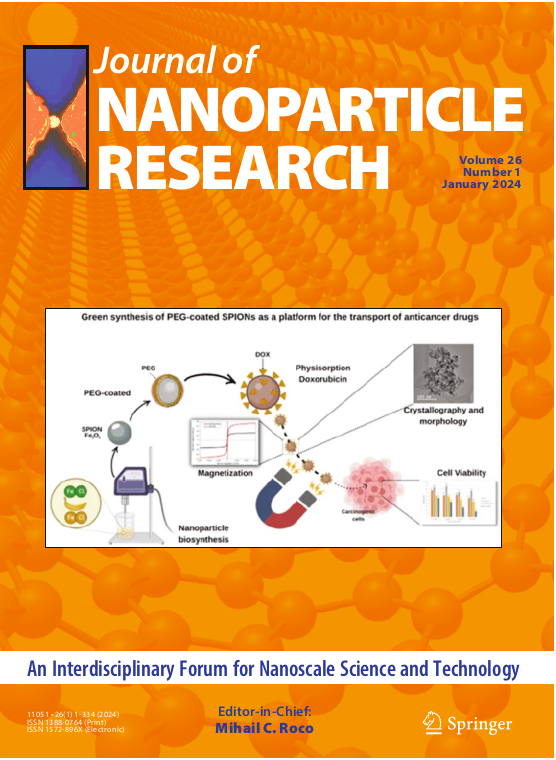Size-dependent melting entropy and specific heat of metallic nanoparticles: a cohesive energy–based theoretical approach
Abstract
Thermodynamic properties in nanomaterials differ notably from bulk materials due to surface effects as well as changes in atomic coordination and quantum size effects. The nanoscale thermal and stability behavior relies crucially on two important properties which are melting entropy (Smn) and specific heat (Cpn). This paper develops an integrated energy-based theoretical framework that predicts how melting entropy and specific heat change based on sized-dependent characteristics in metal nanoparticles with copper (Cu), aluminum (Al), and indium (In). The model shows a clear association between nanoparticle size reduction and cohesive energy decrease which results in measurable patterns of melting temperature reduction and entropy and heat capacity modifications. Nanoparticle size reduction leads to decreased melting entropy because of surface energy effects and simultaneously results in higher specific heat values because atomic vibrations become more prominent. Experimental along with computational data confirm the model predictions through substantial agreement. The developed modeling framework reveals vital thermal parameters for metallic particles at both fundamental and applied technology levels for nanoelectronics devices and phase-change materials along with thermal coatings applications.

 求助内容:
求助内容: 应助结果提醒方式:
应助结果提醒方式:


